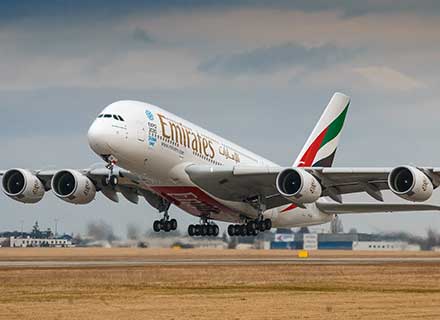Emirates Group reduced losses as revenues climbed 86% to Dh66.2 billion in 2021-22. The aviation company makes a post-pandemic comeback as the Dubai airline group saw a substantial drop in losses to Dh3..9 billion from Dh20.3 billion in 2020.
The airline’s revenues increased by 91% to Dh59.2 billion because of a quick restoration to pre-COVID capacity and the reinstatement of more passenger flights.
Emirates received a Dh3.5 billion capital injection from the Dubai government and also took advantage of different industry programs and availed a total relief of nearly Dh800 million.
In 2021-22, Emirates boosted its passenger and cargo capacity by 47% to 36.4 billion ATKMs (available tonne-kilometers). The airline continues to restore passenger services across its network in response to the easing of pandemic-related flight and travel restrictions. Emirates said it had increased its operations and capacity to over 140 locations.
The airline served only 120 destinations before the beginning of the financial year (April 1).
Emirates carried 19.6 million passengers, with seat capacity increased by 150%. The airline had a passenger seat factor of 58.6%, up from 44.3% in 2020.
There was a 10% drop in passenger yield to 35.1 fils per Revenue Passenger Kilometre (RPKM) due to route mix, fare, and currency changes.
During 2021-22, Emirate phased out two older aircraft – a Boeing 777-300ER and one Freighter, bringing the total fleet size to 262. The Emirates spent Dh7.9 billion ($2.2 billion) on a new aircraft, facilities, and cutting-edge technology, to position the firm for recovery and growth.

